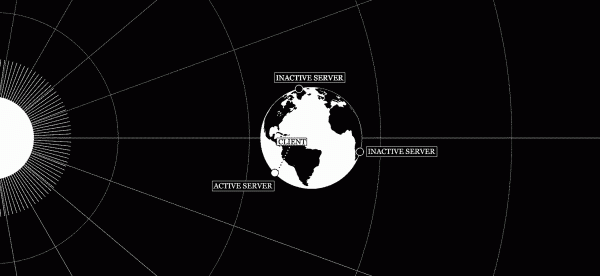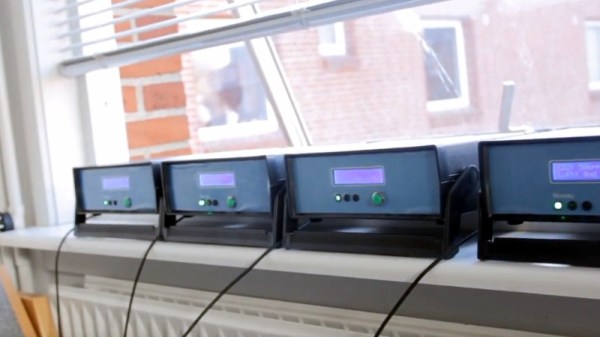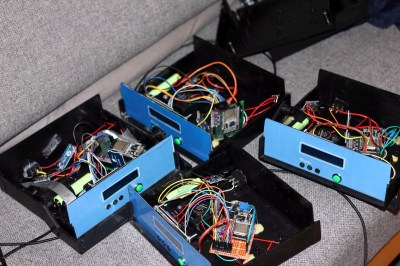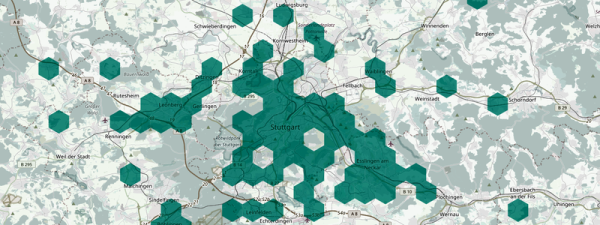The transition to low carbon energy is an important part of mitigating climate change, and the faster we can manage, the better. One project looking at how we could reduce the energy requirements of the web to more quickly adopt renewable energy is Solar Protocol.
Instead of routing requests to the fastest server when a user pulls up a website, Solar Protocol routes the request to the server currently generating the greatest amount of solar power. Once a user is on a website, the experience is energy-responsive. Website style and image resolution can range based on the power left in the active server’s batteries, including an image free low power mode.
Another benefit to the project’s energy efficiency approach is a focus on only the essential parts of a page and not any of the tracking or other privacy-endangering superfluous features present on many other websites. They go into much more depth in the Solar Protocol Manifesto. As a community project, Solar Protocol is still looking for more stewards since the network can go down if an insufficient number of servers are generating electricity.
For more details on the project that inspired Solar Protocol, check out this low-tech website.














